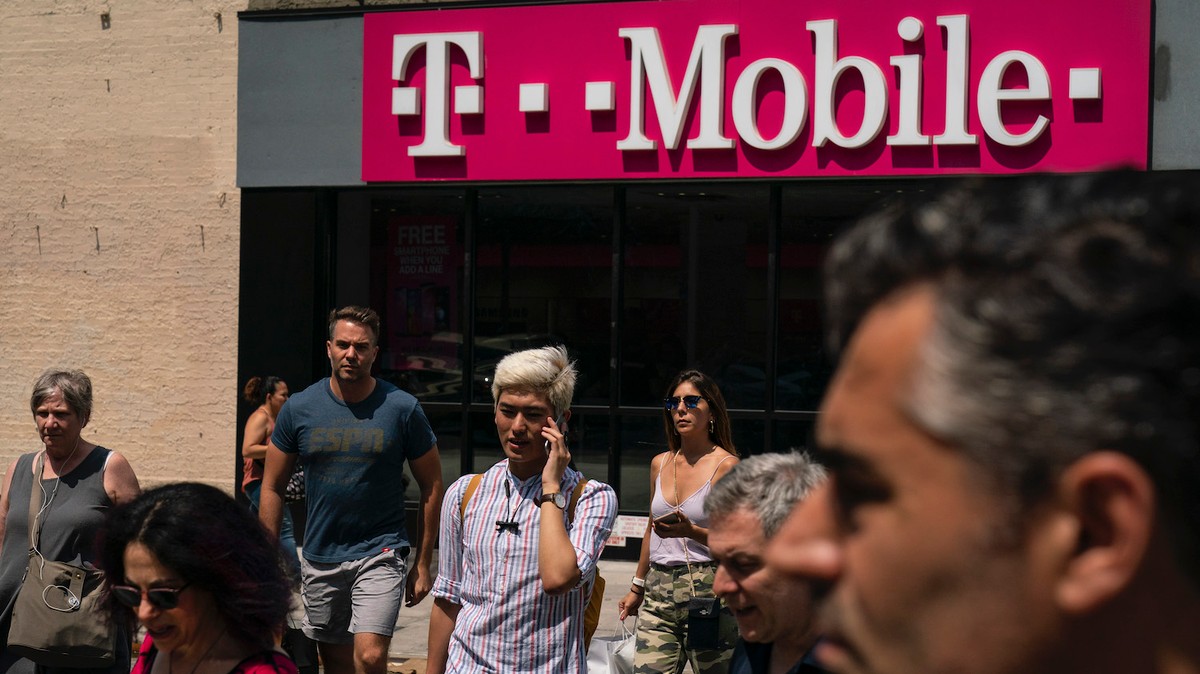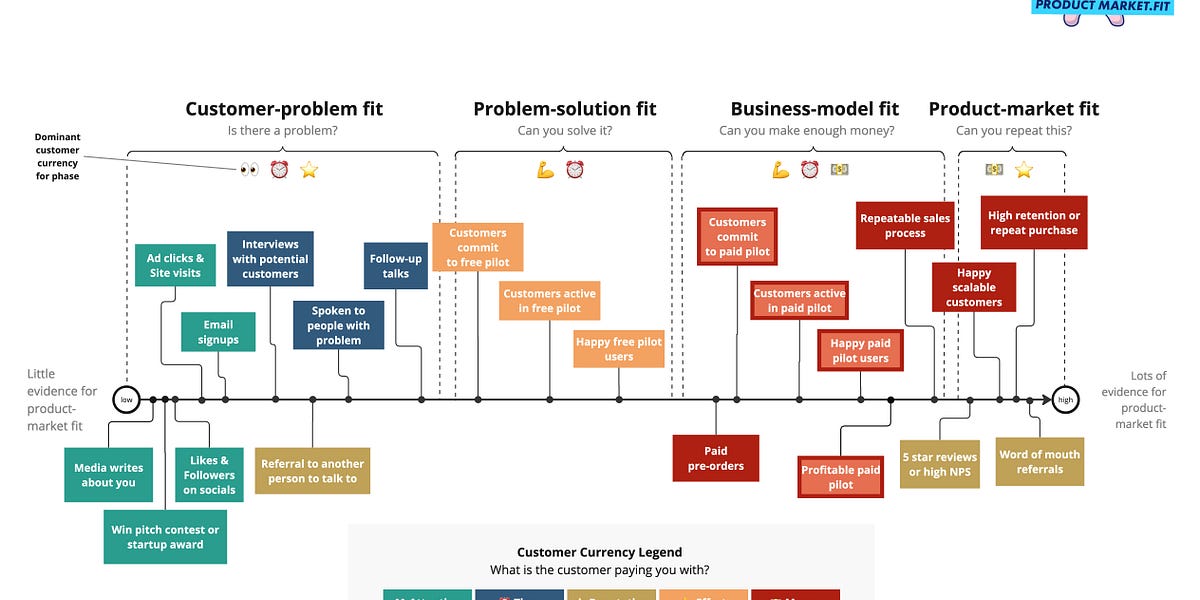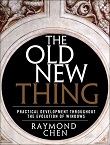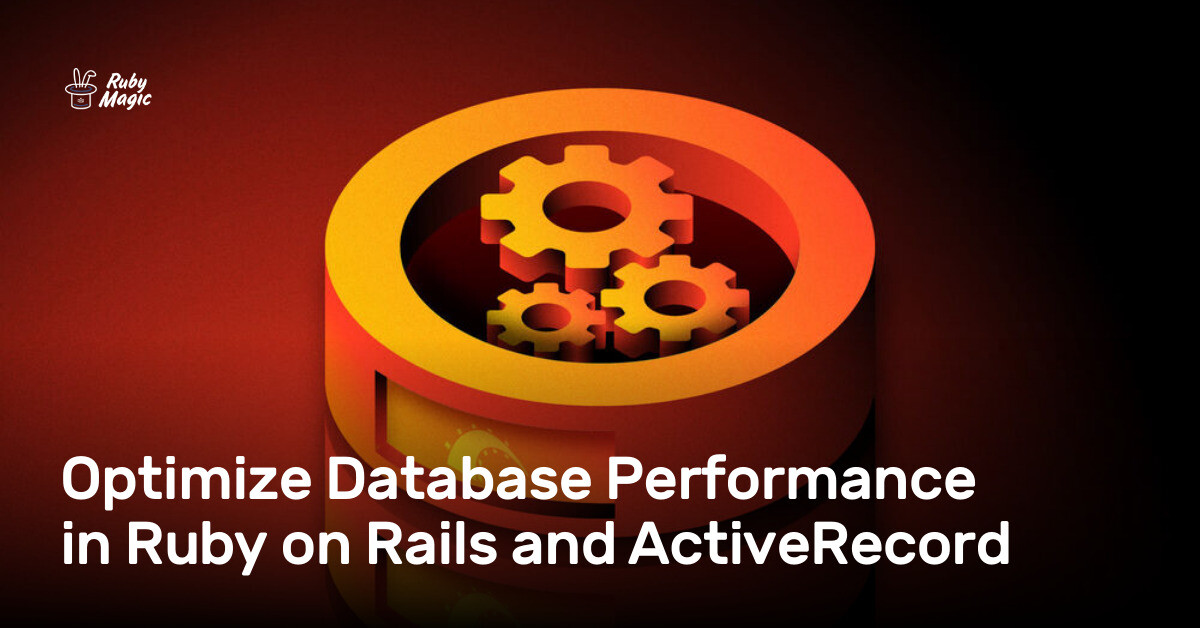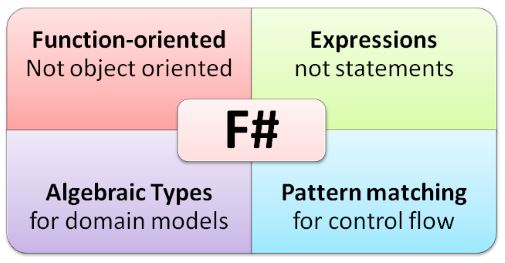
Segmenting Credit Card Customers with K-Means: A Fun Dive into Clustering
Note: While the ideas in this article are original to the author, it was created with the assistance of AI tools to enhance clarity and creativity.
Ever wondered how credit card companies categorize their clients? Here’s a behind-the-scenes look at how they do it using data science! In this project, we’ll explore how to segment credit card customers with K-Means clustering, one of the most popular machine learning techniques. Let’s dive into the key steps and make sense of the data!
Imagine you work for a credit card company with thousands of customers. Your job is to divide these customers into groups to better understand their behaviors and needs. For example, how useful would it be to identify customers who spend a lot but have low incomes or those who rarely use their credit card? By segmenting customers, you can create personalized marketing strategies, like offering better credit limits to frequent users or loyalty perks to long-term customers.
First, let’s get a bird’s-eye view of our dataset. This dataset includes data on over 10,000 customers, including their age, income, credit limit, spending habits, and more. Here’s a snapshot of the columns:






